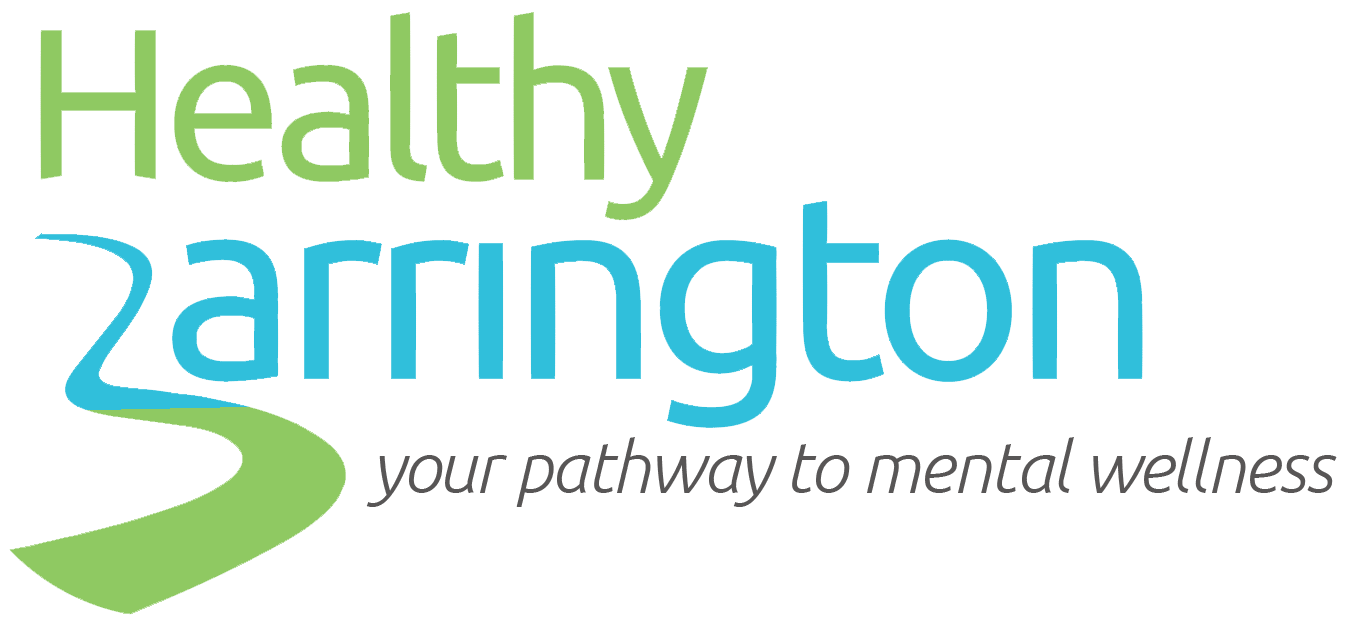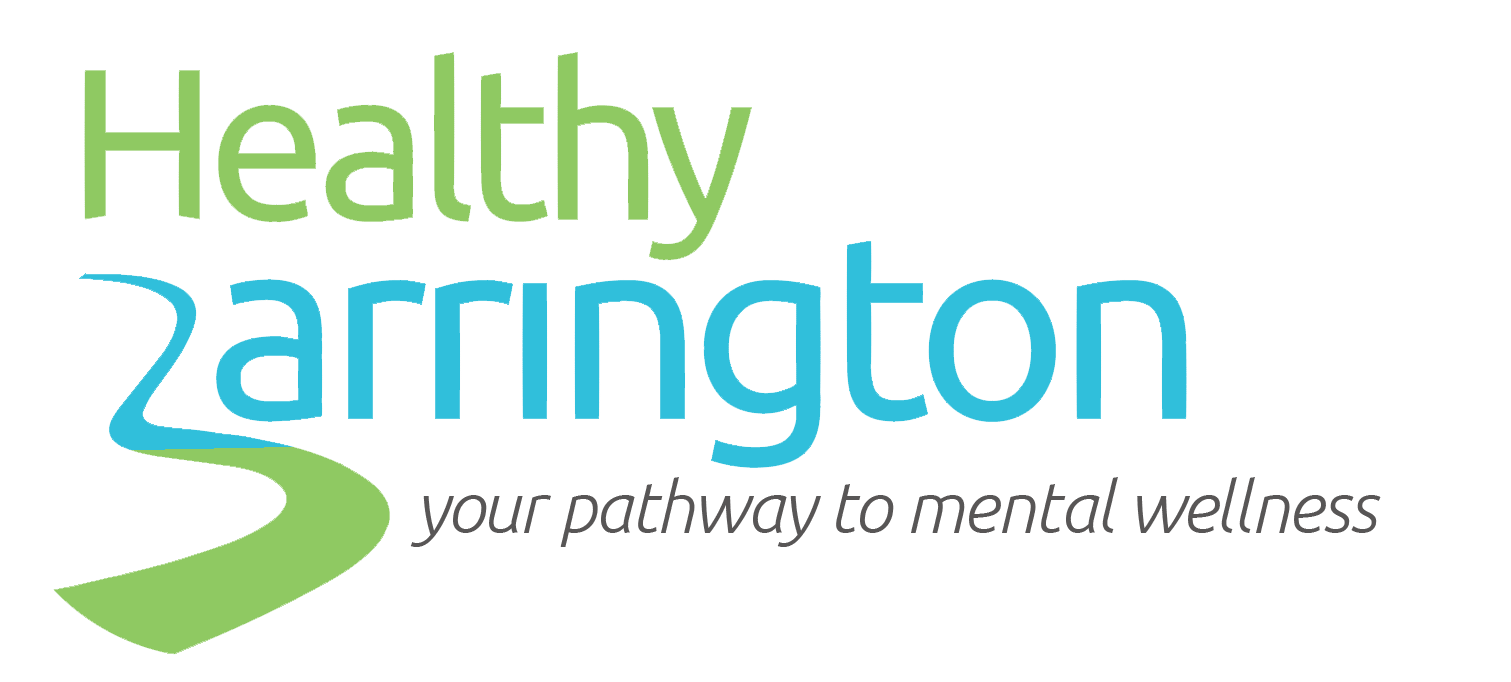Levels of Care
When seeking mental health treatment, a patient may not readily know what level of treatment is most appropriate. To start treatment, mental health professionals will complete an assessment and make recommendations for care. The following is an overview of the levels of care available for mental health treatment.
Outpatient Psychotherapy
This is often the first contact patients have with mental health providers. Patients usually attend a one hour-long psychotherapy session per week; however, the psychotherapist will recommend the number of sessions needed, based on each patient’s symptoms and situation. Even though this is generally one-on-one treatment, outpatient therapists might involve other providers in a patient’s care based on what is needed. The therapist may also ask a patient for permission to collaborate with his or her primary care physician or other mental health providers.
Intensive Outpatient Program (“IOP”)
An Intensive Outpatient Program (IOP) is recommended when a therapist determines that outpatient treatment is not adequate for the patient. By recommending a higher level of care, the clinician believes the patient may benefit from additional treatment, such as group support and psychoeducation.
IOP’s can be stand-alone programs or part of larger hospital systems. Treatment is multidisciplinary, involving a combination of various types of groups and support. At this level of care, treatment days are usually three to four hours long, and patients will attend anywhere from three to six days per week for a limited time.
Partial Hospitalization Program (“PHP”)
PHP is considered one level higher than IOP and may also be recommended when the clinician believes IOP may not adequately meet the patient’s treatment needs. The patient may show signs of severe impairment in daily functioning due to his or her mental health condition, but would not appear to be at immediate risk of harming themselves. PHP is also often recommended right after a patient is discharged from inpatient treatment. PHP is very similar to IOP except that treatment days are generally longer (six to eight hours on average) and patients attend daily. Treatment might include group therapy, art therapy, individual therapy or psychiatrist visits. Patients normally attend PHP for at least one week and possibly several weeks at a time before “stepping down” to less intensive care. Each patient would be assigned a case manager or individual therapist who would make recommendations based on the patient’s progress.
Inpatient Hospitalization
Inpatient hospitalization is the highest level of care available. It is appropriate for patients who are at very serious, imminent risk of bodily harm to themselves or others. When a person needs inpatient hospitalization, it means that they stay in a psychiatric hospital for a few days, or in some cases for up to a few weeks. During this time, they are evaluated by a psychiatrist and assigned a case manager to help plan treatment for after they are discharged. Patients have numerous rights and responsibilities when receiving inpatient treatment, and they should feel that they are respected and can participate actively in decisions about their own treatment.
Residential Treatment
In some situations, a clinician will recommend residential treatment, usually in the case of long-standing, severe functional impairment without imminent risk of suicide or harm. In these situations, symptoms have not improved with most or all other forms of treatment. Residential care resembles a blend between PHP and inpatient treatment, with patients living on the campus of a treatment center, attending various forms of group and individual therapy, and establishing new daily routines that will support them in achieving long-term recovery from their mental illness.

